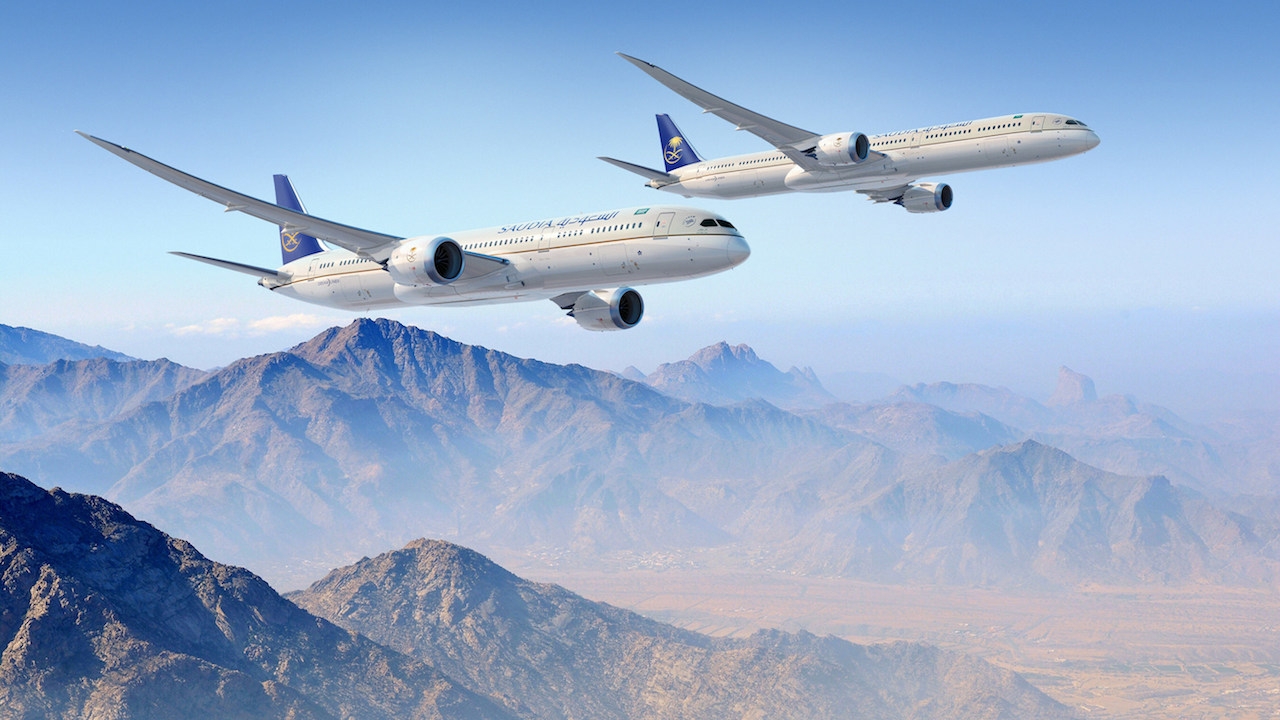Boeing to strengthen Saudi ties with Riyadh HQ
During the World Defense Show 2024 in Riyadh, Boeing’s president for Saudi Arabia, Asaad Aljomoai, announced that a formal application had been submitted to sight the company’s Middle East headquarters in the Kingdom.

He said that Boeing will give its “strong support to the development of Saudi led-aerospace and defence capabilities”.
The partnership between Boeing and Saudi Arabia dates back to February 1945, when when U.S. President Franklin D. Roosevelt gifted a twin-engine DC-3 Dakota to King Abdulaziz Al Saud. This also marked the beginning of commercial air travel in the kingdom.
For decades, Boeing’s investments have contributed to the growth of the local aerospace and defence capabilities of the Kingdom, creating jobs and driving innovation.
Boeing has supplied more than 400 defence aircraft to the Saudi Arabian Armed Forces while investing in partnerships with major players in the Saudi aerospace ecosystem like the Royal Saudi Air Force, Saudi Arabian Military Industries (SAMI), the General Authority for Military Industries (GAMI) and the National Guard.
Boeing’s presence at the World Defense Show was marked by a virtual-reality display of its F-15EX cockpit and the T-7A Red Hawk advanced pilot training system simulator, highlighting the ground-based training system of Boeing’s next-generation training jet.
The show also featured Boeing’s KC-46A tanker, its ScanEagle VTOL and rotorcraft including the CH-47 Chinook and the AH-64 Apache.
Boeing's Commercial Market Outlook (CMO) forecast shows a demand for more than 3,000 new aircraft in the Middle East by 2042 with new-technology widebodies leading the way.
"Air travel and cargo demand continue to gain momentum, driven by significant economic growth and national development plans. As airlines in the region will require efficient and versatile fleet solutions, Boeing products will be ready to meet market demands," said Darren Hulst, Boeing VP, commercial marketing.
As part of Vision 2030, Saudi Arabia aims to attract investments totaling $100 billion from both public and private sectors by 2030, spearheading its civil aviation strategy.
The strategy includes the construction of new airports, implementation of state-of-the-art ground services, and a substantial increase in air traffic, with the ultimate goal of welcoming 150 million international visitors by 2030.
Stay up to date
Subscribe to the free Times Aerospace newsletter and receive the latest content every week. We'll never share your email address.


